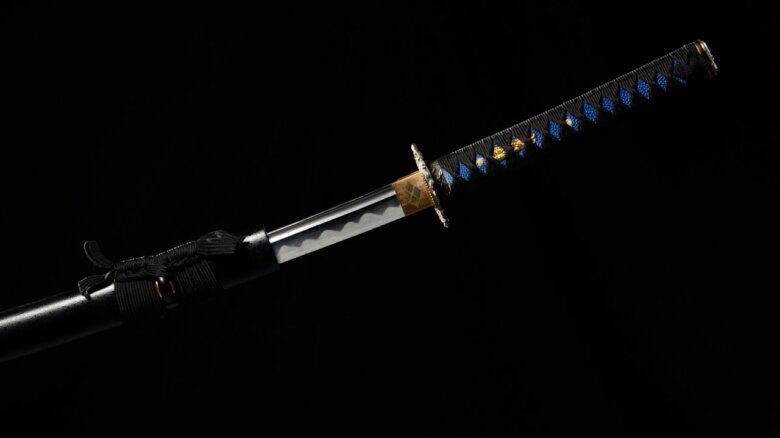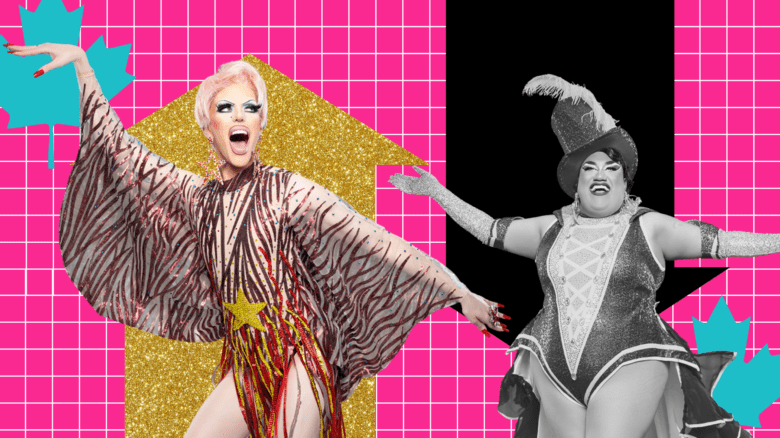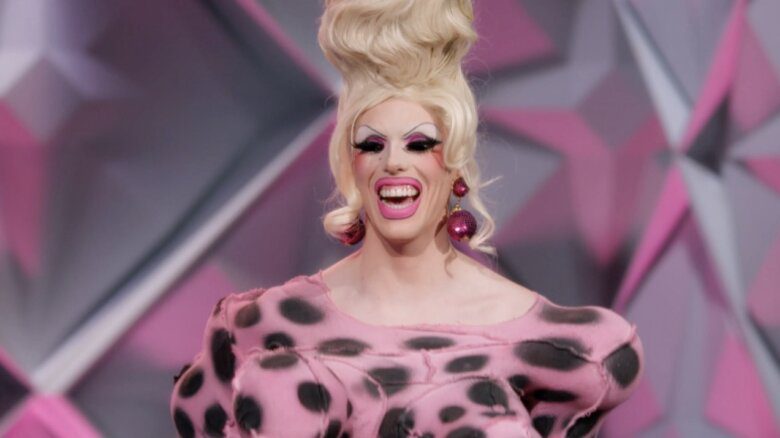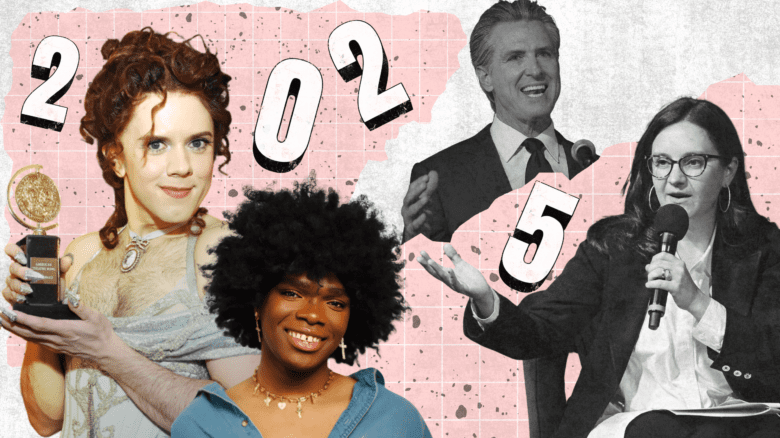I wrap my hands around the barbell, push my ass towards the wall while I bend my knees, inhale deeply and brace my core, make my chest proud, then do a brief form check. A man whom I’m still getting to know stares back at me. We give each other a knowing smile.
When people think of men’s competitive bodybuilding, they probably think of the Mr. Olympia type: hyper-masculine men with bodies that look a little freakish thanks to copious amounts of performance-enhancing drugs. For me, it has been a space where men cause each other to cry through care and affirmation, and a means to find something I once thought impossible: joy in my body.
I never set out to be a bodybuilder, never mind do it competitively. Through my late teens to late twenties, I lifted weights to support my previous sport: dance. When I was 29, disability took me away from that sport, one that I loved but was also a huge source of dysphoria and suicidal ideation, as I was made to dress and dance like a girl, and later a woman. The euphoria of doing a sport you love does not outweigh the crushing agony of being forced into spaces to which you do not belong.
I returned to lifting weights for physiotherapy reasons to help keep me safe during falls, as I have a benign spinal cord tumour that causes my right leg to stop functioning unexpectedly if the nerve is overstimulated. For many reasons, none of which had to do with age, at nearly 47, the return was not easy.
I hold the barbell to my upper body, my thumbs brush against my newly developing chest. I am overtaken with reminders of just how impossible it feels that I’m here.
Before this return, I lived a year and a half without hormones after my gonads were yeeted. Until my oophorectomy, all my hormones were endogenous. Doctors would find every reason possible to deny me gender-affirming hormone therapy. I lived a full six months without a means of producing hormones before I was finally allowed testosterone. I would spend another year with barely detectable levels because my liver decided to expel the hormones that were supposed to come from gel before I was switched to injectable testosterone. Estradiol was also added because my body refuses to convert testosterone into estrogen, which is important to men’s health and building muscle, and hold onto it.
A month into finally having detectable testosterone and a couple weeks before my 47th birthday, the universe served me the biggest gift of my life. I was connected with my cis male online trainer who, from day one, affirmed me in ways I had never experienced before. At the beginning of our relationship, because of fear, I didn’t disclose that I was trans.
I push the barbell up and my air out, while I try to connect with a chest that has no feeling because of top surgery. It feels futile. I’m frustrated because this connection continues to elude me, slowing growth for which I’m now desperate. I laugh at the irony that, until 2019 when my chesticles were removed, this was a part of my body, while in the shower, I’d fantasize about cutting out with a knife.
The time came when I had to disclose my trans status because I needed to discuss hormonal issues that were relevant to training. I expressed my fear before doing so. My trainer gently thanked me for trusting him and sharing. Before then and since, he’s done a million things to demonstrate I’m safe with him.
My trainer always makes sure to take great care when talking about hormonal effects on the body. When time came to share progress photos, which is necessary in this sport so that your trainer can assess your body and make any necessary training adjustments, he stressed to only wear and share what I was comfortable with. It’s always about my comfort. He isn’t weird about appreciating the masculinized body. Not once has he asked me a transition-related question.
He makes videos where he’s nearly falling to the ground while doing awooga eyes as he looks at progress pics of my body and praises it. In a video, he wished me a happy birthday with a song and changed the lyrics to call me a stud. He called me boo. He mused about whether my partner still uses the washing machine because of my washboard abs. These things put a huge smile on my face, and often cause full-body convulsive laughter. Because of the close relationship we’ve developed over the years, he knows he has permission, and it’s welcomed. I hope to one day have this same appreciation for my body.
Every time he does something like this, I want to respond, “gay,” like we do within our communities. But there are parts of me that are still afraid of discrimination that deep down I know will never come. So instead, I heart the videos and texts.
I stand naked before a mirror. I slowly exhale and, one by one, activate the muscles along my ribs, my sides and abdomen. I move on to slowly activate my hip flexors. All of which is to create that wow moment for my posing routine. I run my hand along my core and smile while I think I’m ready to be one of the Magic Mike dancers who cater to men in the audience.
We heart each other’s messages a lot, actually. Especially the ones where we tell each other something seemingly small that we appreciate about the other but speaks to and validates who we are in our core. My trainer has supported me through my highs and lows, both in life and training. He is a geek and former astrophysicist. I’m a science nerd and former geek culture writer. We laugh together over the things that friends, who are also nerds, share with each other, like when I renamed the exercise “band row to x” to “fireballs” because the motion conjures them. We have many geek culture discussions. We are basically the same person. I don’t know how I got so lucky.
The more my trainer creates this soft and caring space, the more I fall in love with a sport that forces me to connect with my body—a sport that is slowly causing me to love my body: bodybuilding.
Last October, during a particularly difficult week of being bombarded with anti-trans news, much of it about trans people in sport, I decided to pour my heart out to my trainer. Through tears, I typed a wall of text to tell him exactly how much I appreciate him and why—how he made it safe for me to show a body I went through great lengths to hide my entire life. I told him I didn’t understand how he was so good about my body because even people who have a trans person in their lives for whom they care deeply are rarely, if ever, this good. He’s always believed in me and pushed back when I didn’t believe in myself.
In response, he made a tear-filled video thanking me and praising me even more for all the things I have accomplished, telling me how joyful this ride with me has been.
We both needed validation at that moment. And then we cried some more. He’s never been afraid to be soft and full of emotions with me.
I grab the dumbbells and grief floods my body. Tears threaten to overtake me. I inhale while squeezing the weights tight so that I feel their texture against my calloused hands to remind me I’m still here.
Recently, a lifelong friend decided to end the torture thrust upon them by the community in which we grew up—a community that never allowed them to be anything other than a source of laughs when they showed their femininity. Even after death, this laughter continued as anti-trans memories were shared in ways thought to honour them.
It’s impossible to exist when self-declared allies tell us that our human rights are a culture war, the end of which is to only serve as a warning sign for the possible end to the human rights of other protected groups. When even the NDP call attacks on our human rights a distraction from real issues, as if ending our rights is not the real goal— one that needs to be addressed with urgency. It’s impossible to exist when we are not seen as human.
I hold space for this memory and reality before reconnecting with the music and my body, then I pull, the grief working its way through and out of me with every rhythmic inhale and exhale.
At 49, I’m doing what I thought was impossible. I’m competing against my cis peers in Classic Physique, which is one of the three competitive men’s bodybuilding categories, each with their own aesthetic and qualifications. For me, it’s about finding myself and not about competing against them. However, I will wipe the floor with them even though, at therapeutic doses of testosterone, I’ll never catch up to them in size and strength because I was forced to go through an endogenous puberty. It isn’t about creating a body that fits the cisnormative idea of what men should look like, even though Classic Physique is all about the perfect proportions and being a Roman statue of a man.
It’s about connecting with my core, both figuratively and literally. To be successful, you must make a mind-body connection with every movement. As a survivor of conversion “therapy” practices, I still have moments where I worry that maybe I really am just a bad woman who hates myself. But then I’m forced to connect with my body through rhythm and breathing and I love what I see and feel. It’s also about finding soft, affirming spaces where men are gentle with each other, and I am safe. It has been incredibly healing; it helps me to manage the autistic meltdowns and CPTSD symptoms that I once experienced often.
Stepping on stage is forcing me to be fully present in my body like never before. It’s about making others celebrate my trans body and giving them no choice but to see me. But most importantly, it’s about me celebrating my trans body and finding peace in it for the first time.
My body is a miracle. It’s been attacked and scrutinized since it emerged from the womb. It exists in a society that has fought, and continues to fight, against its right to breathe in its present form. Yes, my body is an excruciatingly beautiful miracle fighting its way out of despair every time it lifts a weight, steps on the competitive bodybuilding stages and dares.


 Why you can trust Xtra
Why you can trust Xtra


